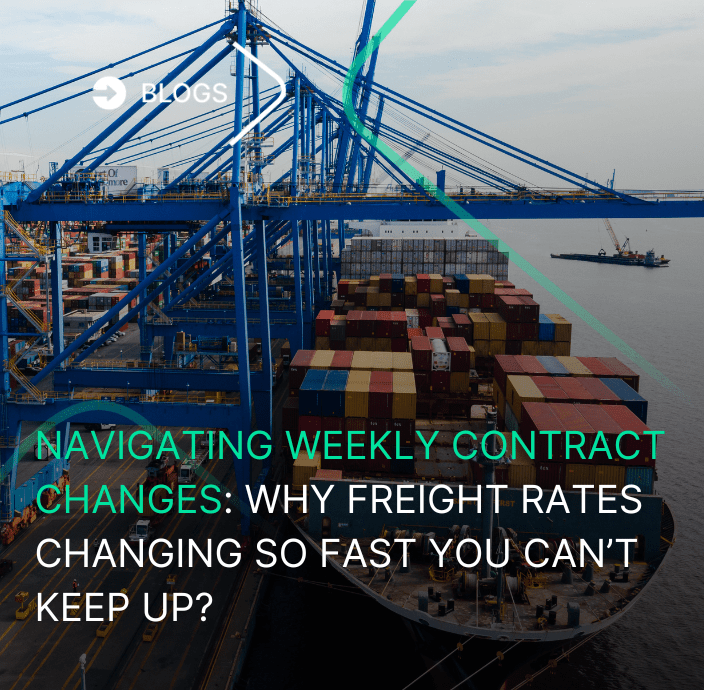Transforming the paradigms of this industry requires a lot of creativity, a strong vision, and careful observation. Changes are necessary and even more in international logistics where everything moves fast. So, how can we achieve a true transformation?
Being a disruptor in logistics could be quite difficult, and even more, if we take into account that it’s one of the oldest industries in the world. However, some freight forwarders have already been encouraged to make that disruptive jump. Now, it’s time to formulate our own strategies to move with them and to not be left behind.
What do we need to be a real disruptor in logistics?
We want to share with you some tips that we consider important if a freight forwarder wants to achieve a disruptive transformation:
- Establish the element that makes your company different from others.
It’s possible that our vision of the actual context could be vitiated and we’re incapable to see what differentiates us from other companies. It requires then an exhaustive analysis of what is our customers’ appreciation of our service so we can identify a point to work on, where we can focus our efforts.
Standing out from the competition is something that we all want for our organization but first, we need to create it. Working on ideas with a fresh but strong perspective of the industry could be very attractive to our customers.
2. Develop a strong vision for the team.
The logistics sector has a very competitive environment, where we need to maximize all of our strengths, and even more if we want to enter the market with a different idea. It’s necessary to have all of the company’s members aligned with its vision. Making clear that innovative ideas are welcomed will generate new ones and will improve corporate performance.
In Cargofive, for example, we are clear that our vision is to implement technologies that simplify the complexity of logistics to break the barriers of international commerce. With this in mind, we focus our efforts on improving our customers’ experience, giving them a service that differentiates us from other companies.
3. Focus on areas that others don’t.
Analyzing some areas that previously were not taken into account could help to find a key area to stand out. Plenty of companies have already monopolized markets on its disruptive strategy, areas that traditional companies have ignored so they have improved their future potential of expansion.
To gain ground, we can invest in the features that are more attractive to our current customers. E.g.: artificial intelligence, machine learning, and analytical capabilities. In consequence, supply chains could be optimized and its costs would be reduced.
4. Learn from what others are (not) doing.
The absence of traditional companies in some markets has led to startups facing them to be able to create innovative business models merged with the traditional ones. They learned how and where to apply the exact model and they learned it of the analysis previously done, but above all, from observation of their predecessors. Special attention should be paid to know how to capture those emergent markets in order to build strong bonds with them before it’s too late.
5. Observe what is actually happening.
Identifying how the company’s global presence is doing is extremely important so we can learn about the actual customer’s satisfaction status, as well as which new requirements are being ignored. Also, analyzing the abilities and capabilities of our team is crucial. We should count on more disruptors that are able to have a clear vision of the future, according to the company’s goals.
6. Don’t be afraid of digitization.
Logistics’ digitization is inevitable. It is crucial to have a digital strategy defined and to constantly evaluate it. It must be aligned with the corporate vision and strategy to achieve better results. We should be careful in order to not focus our efforts on strategies that are not aligned with our main goals.
Accepting that we want to be a disruptive factor in logistics must be our first step, so that we can obtain new ideas and improve the organization’s digital perception. New companies in the industry have not yet monopolized the market and therefore, traditional freight forwarders have still plenty of chance to join this transformation. So, do you dare to be disruptive?
AUTHOR



